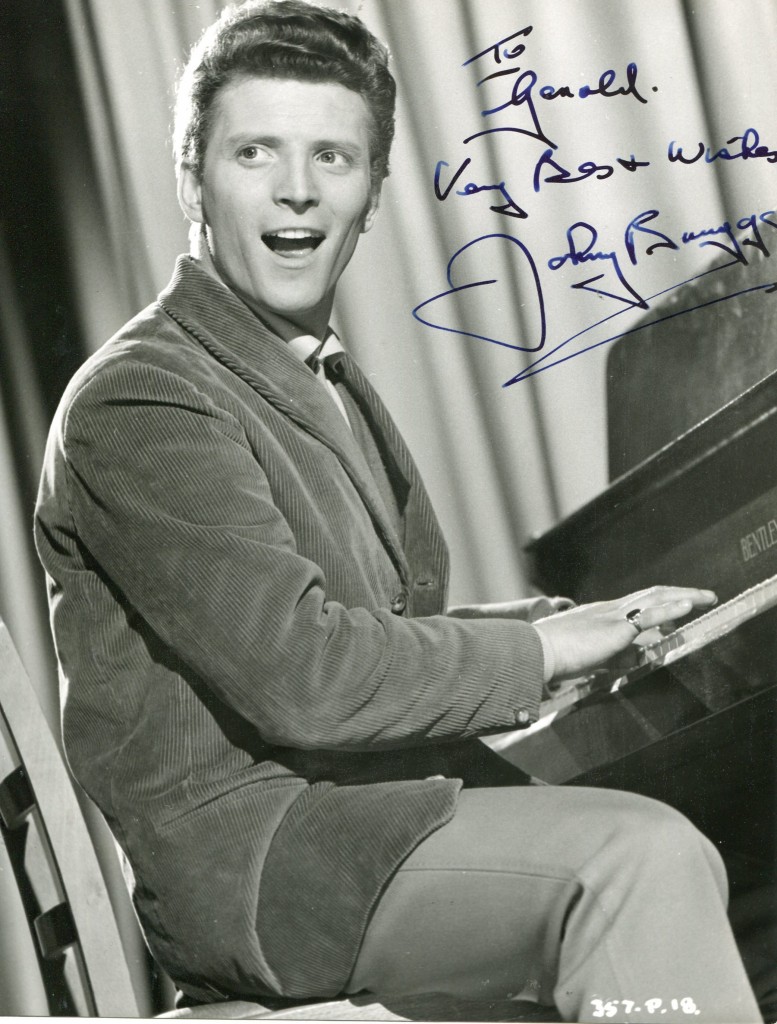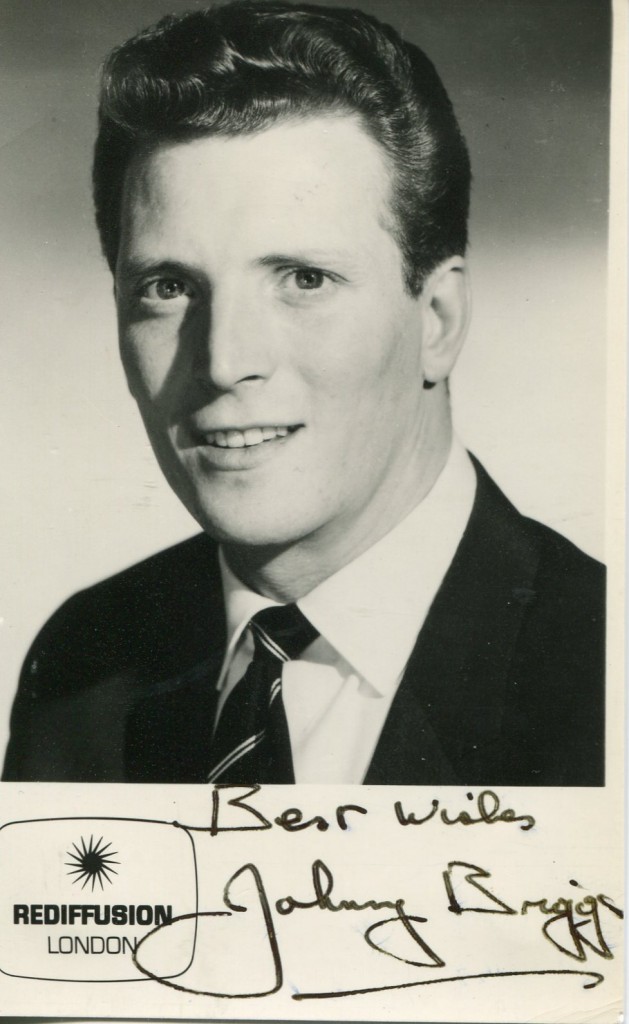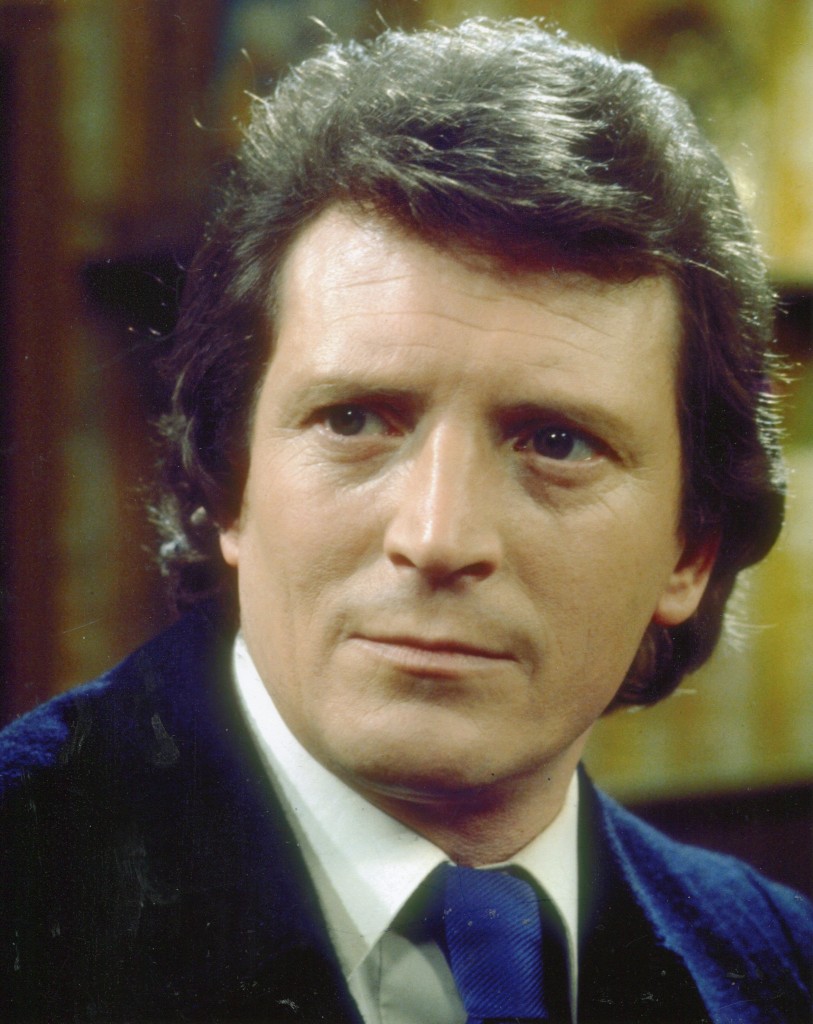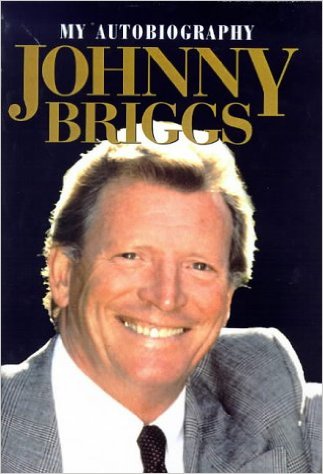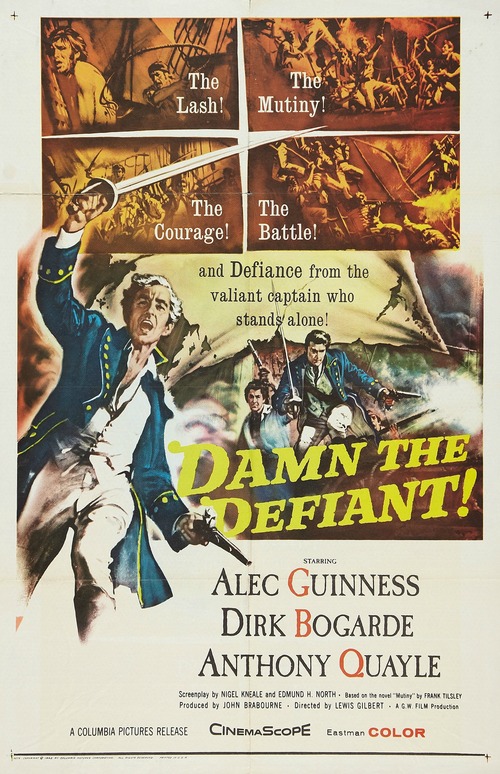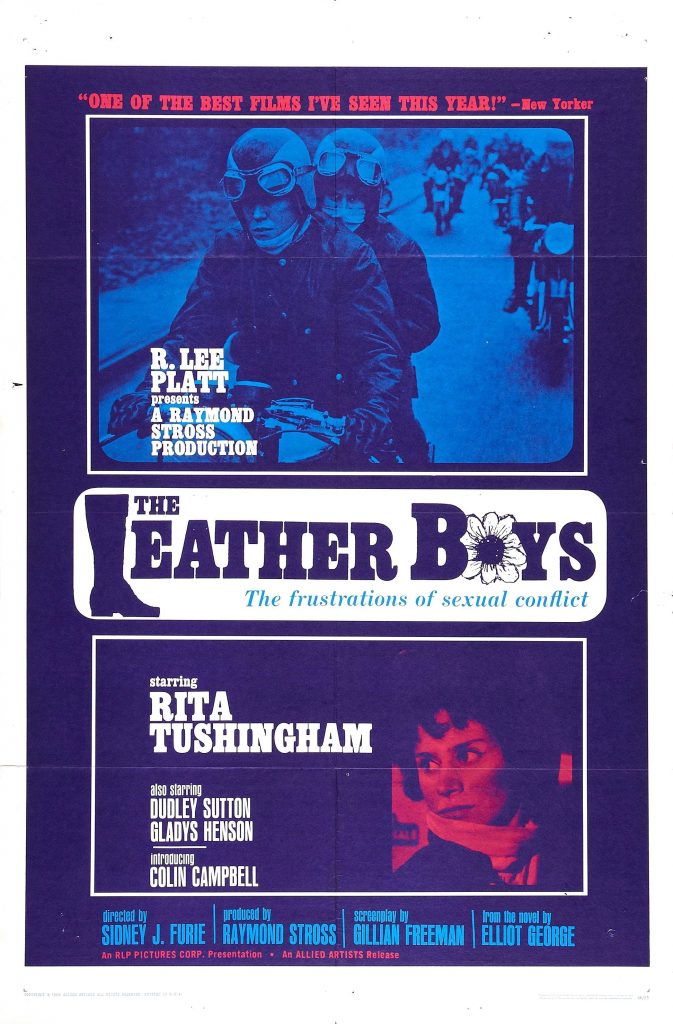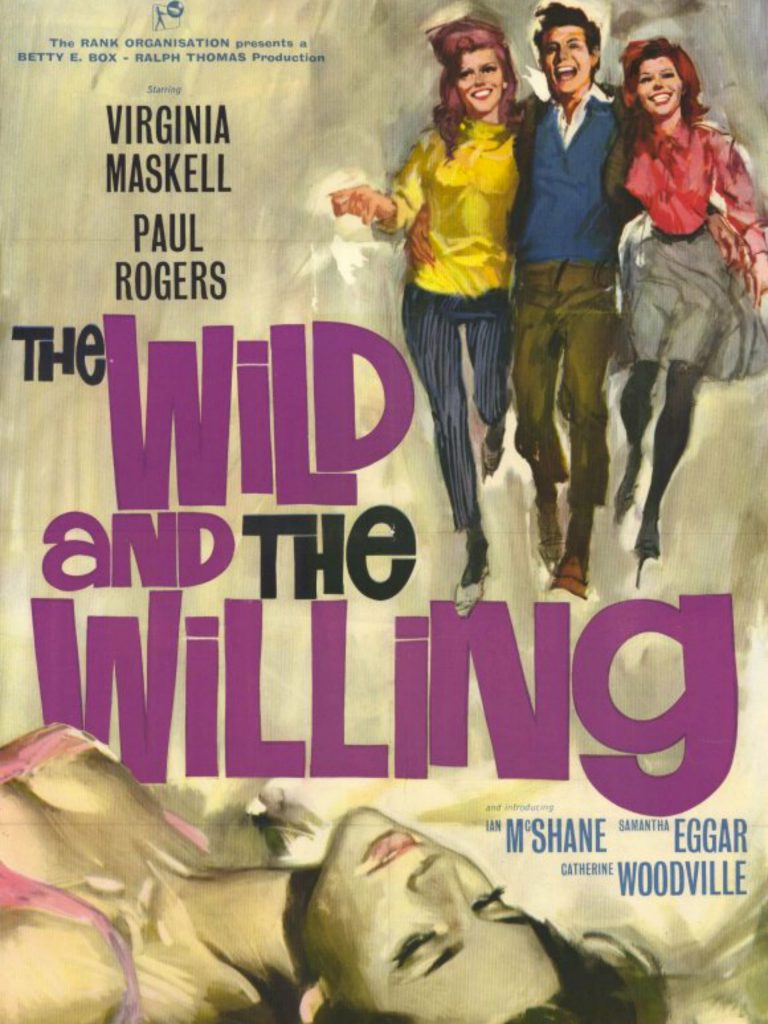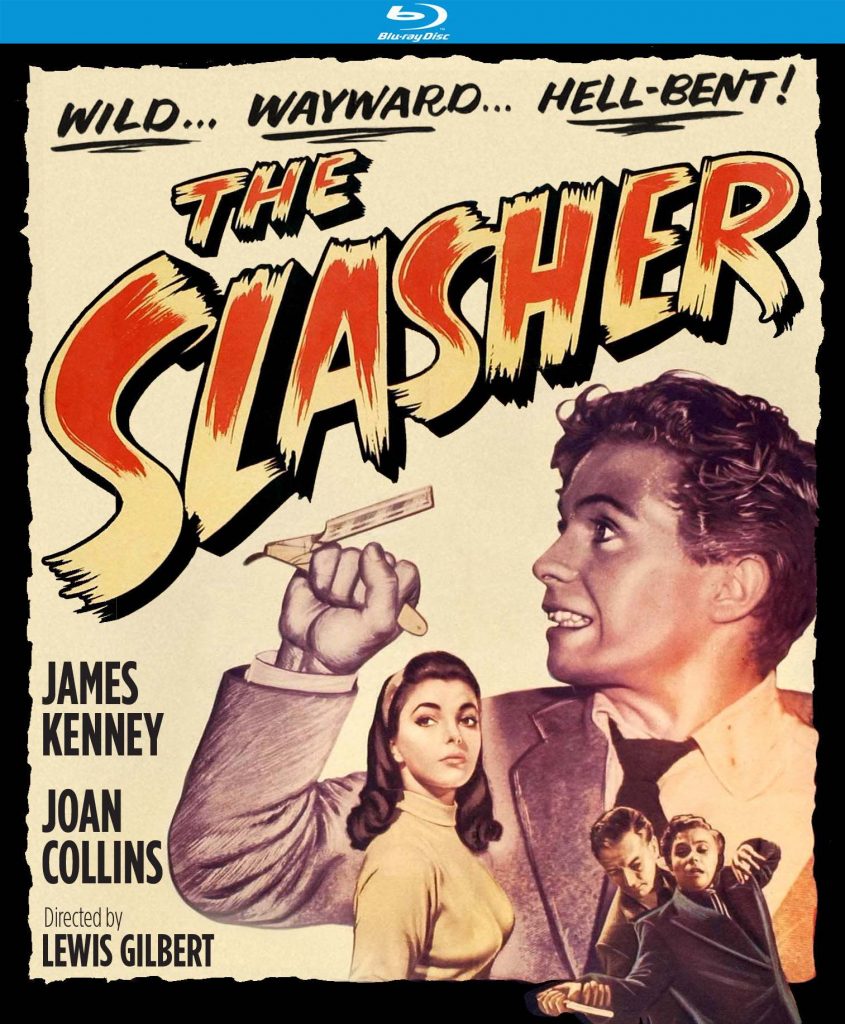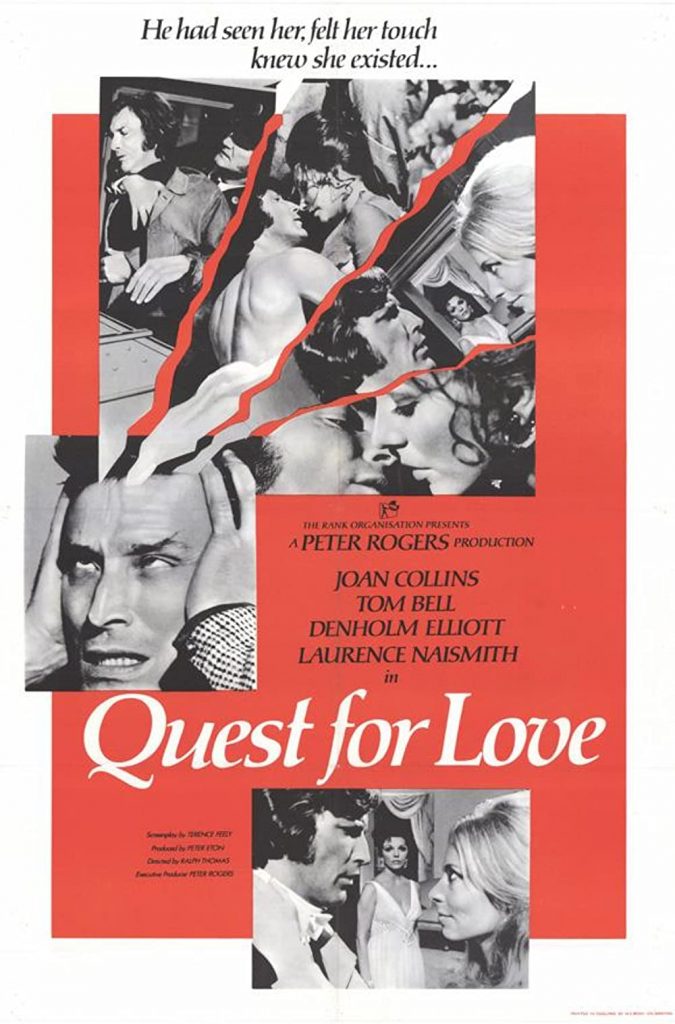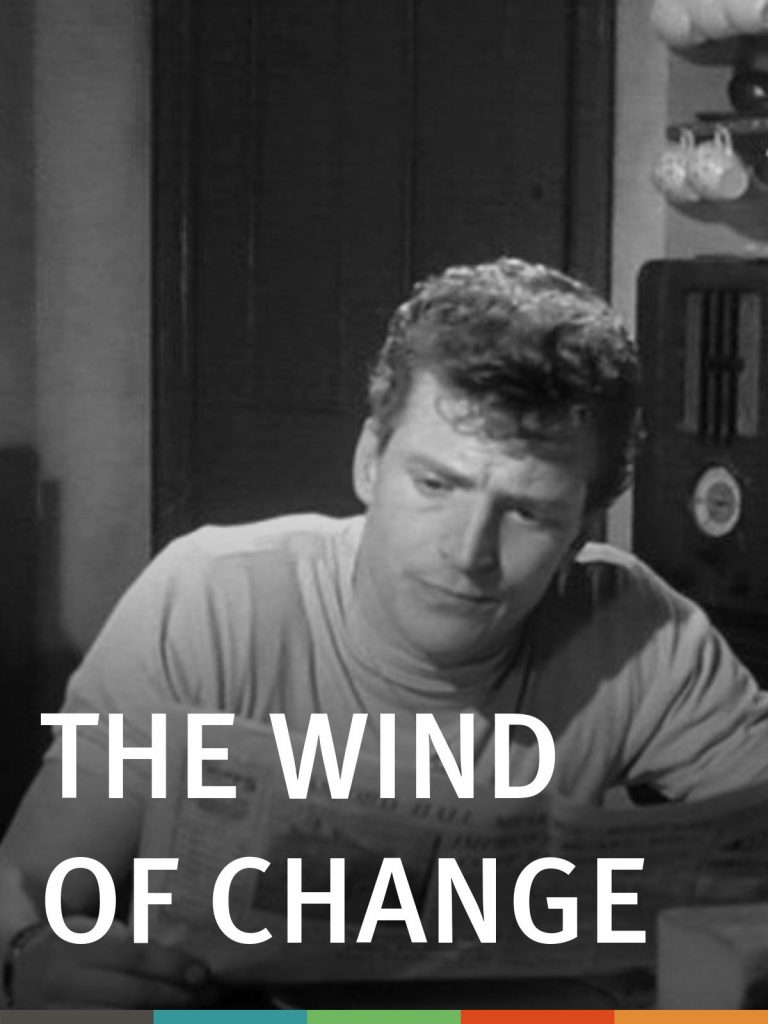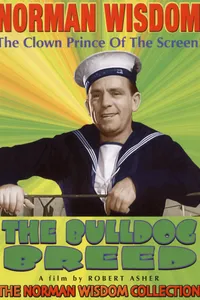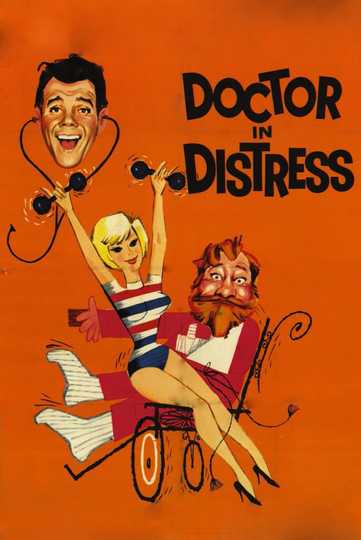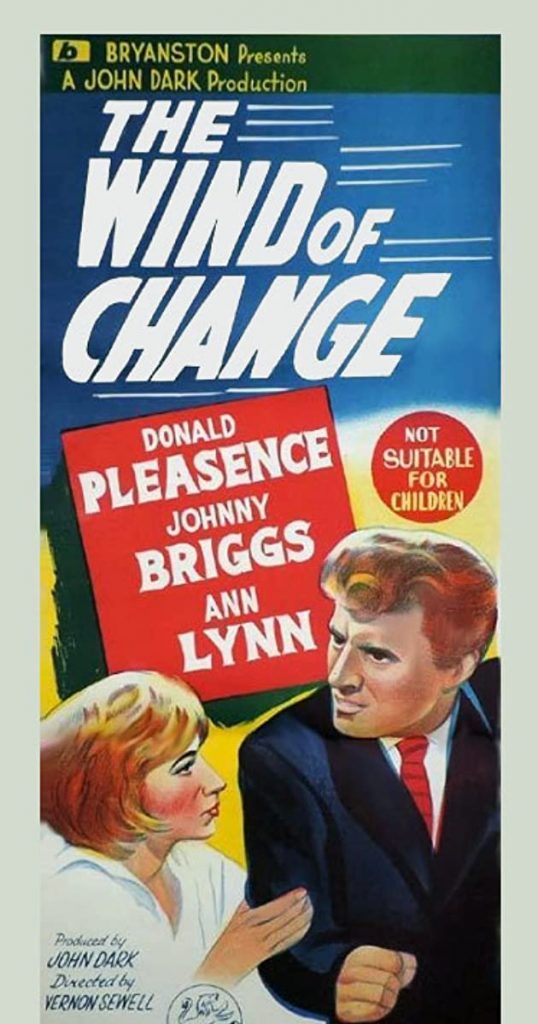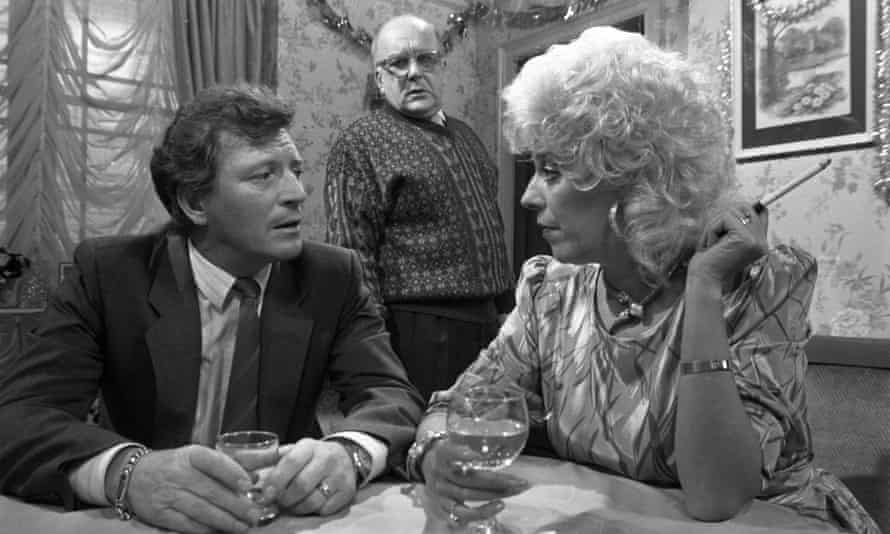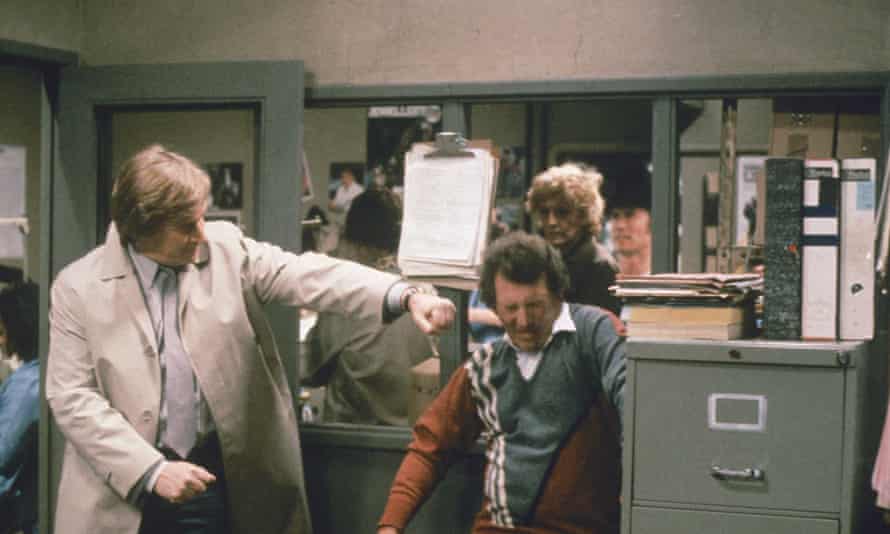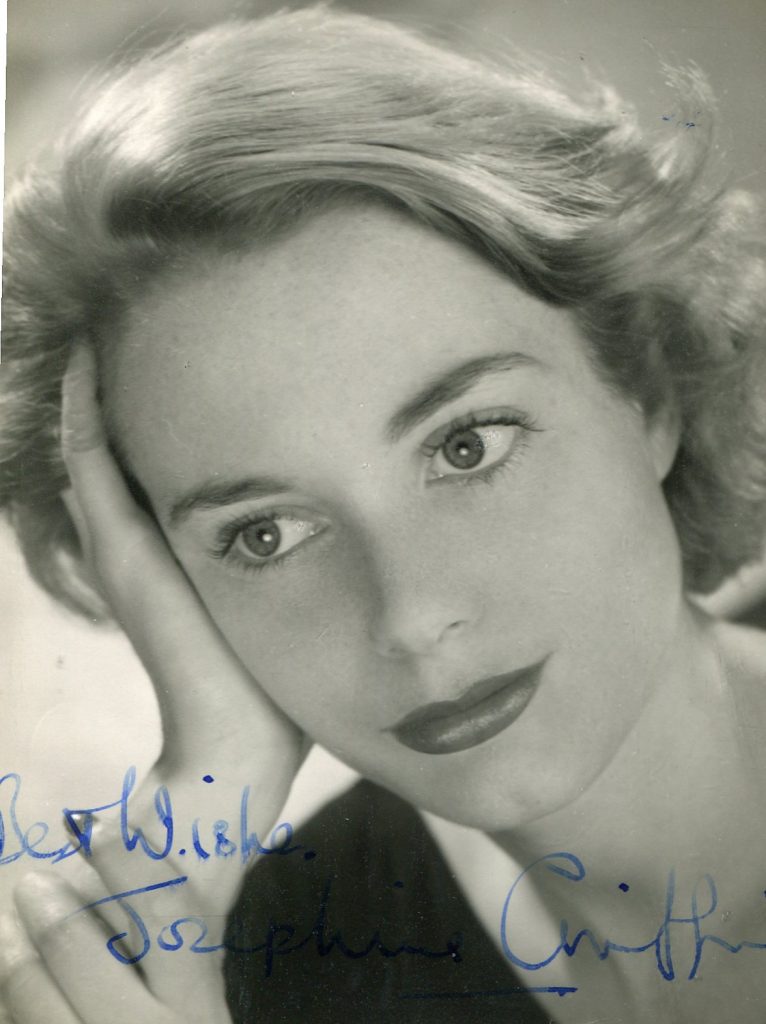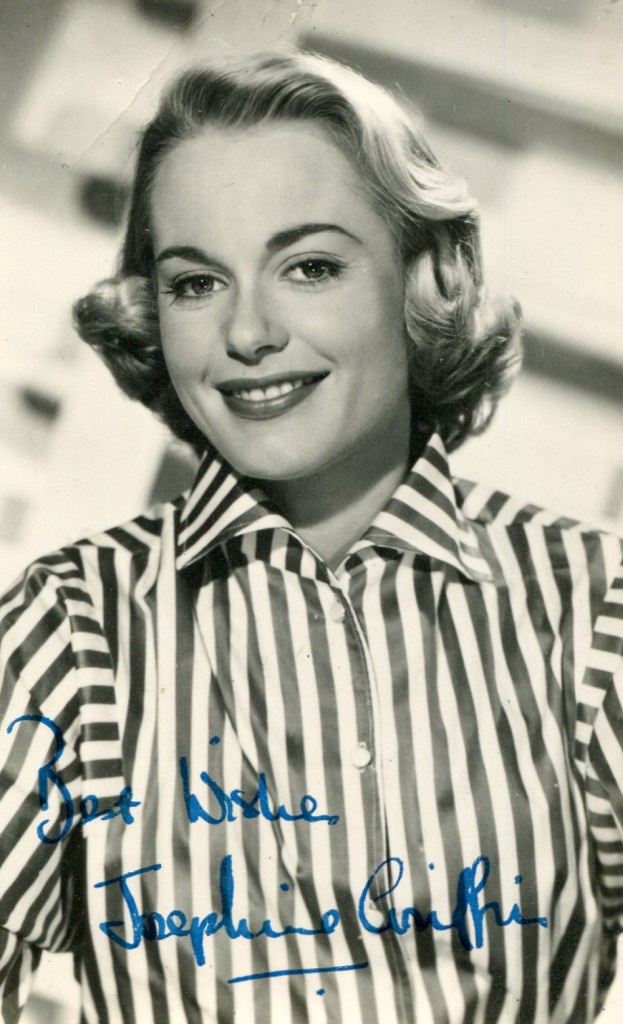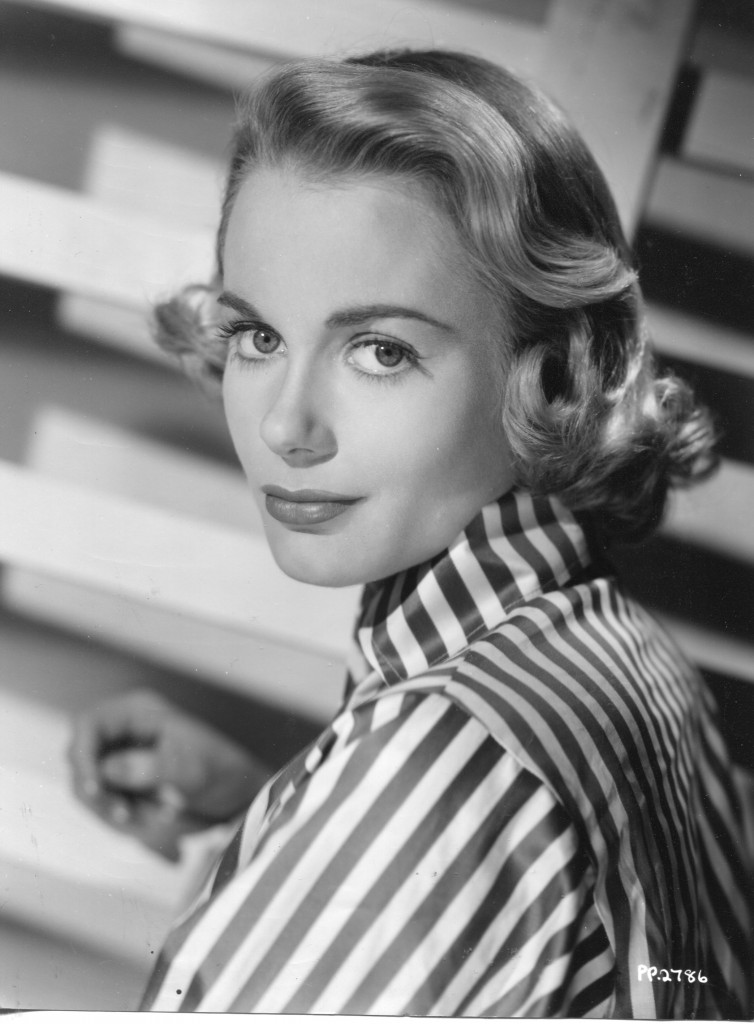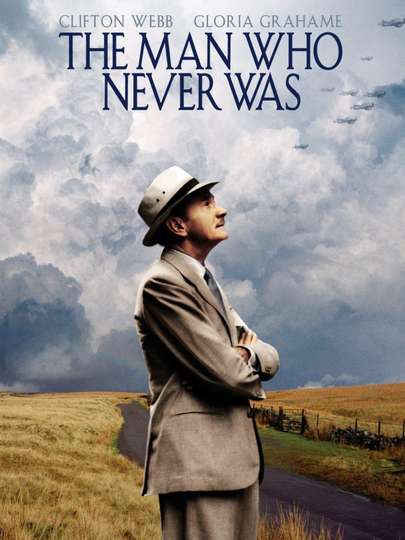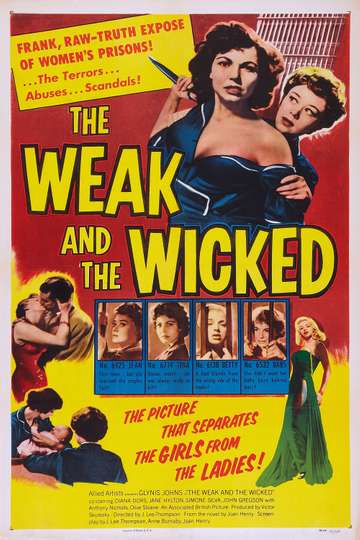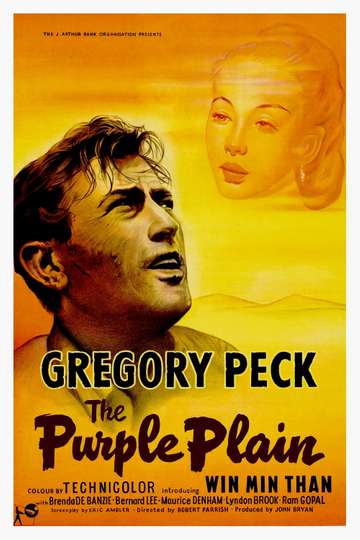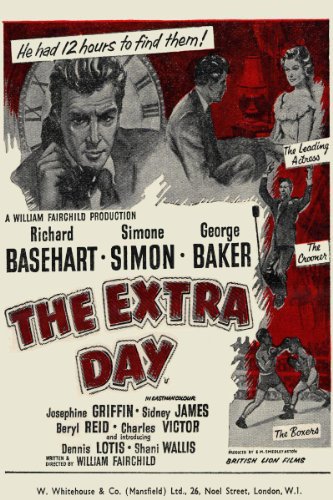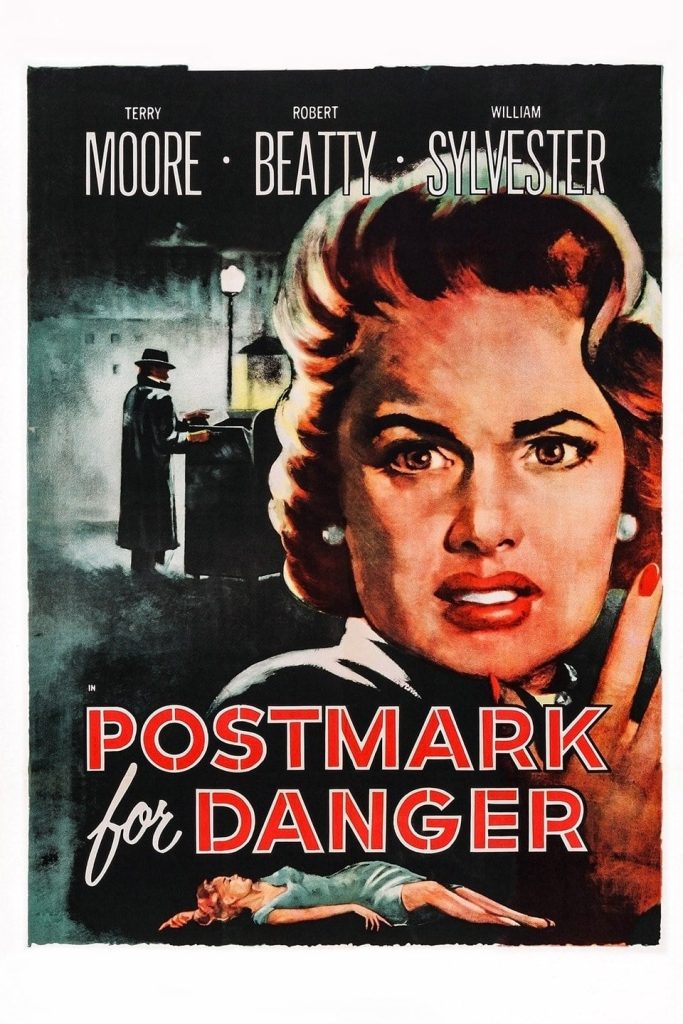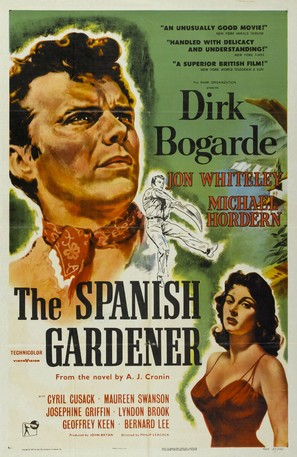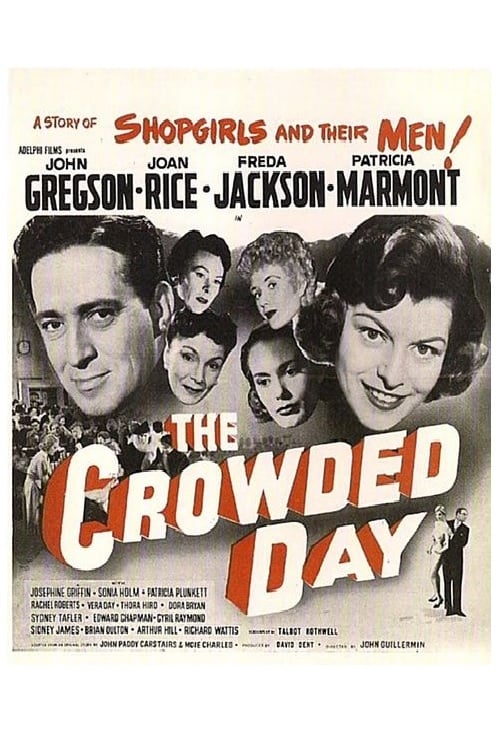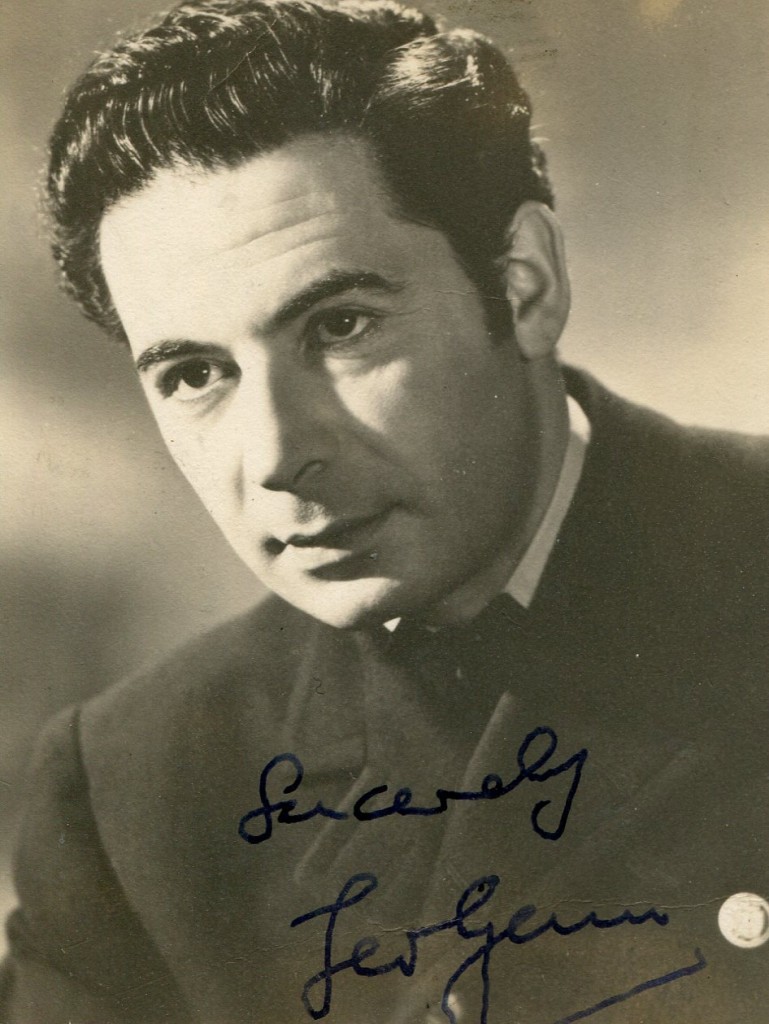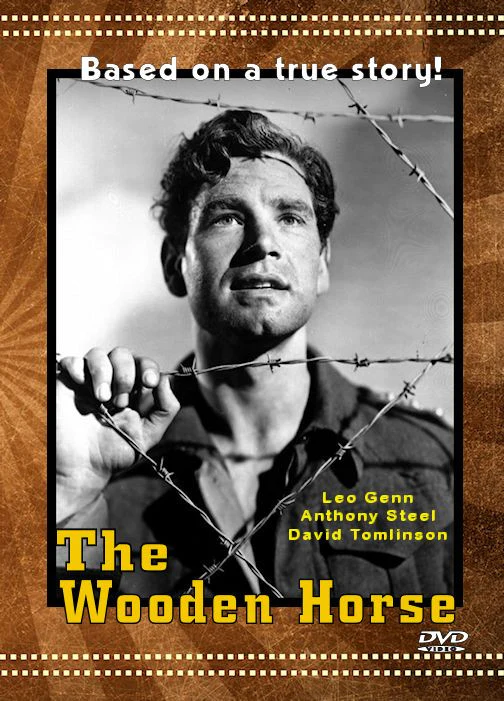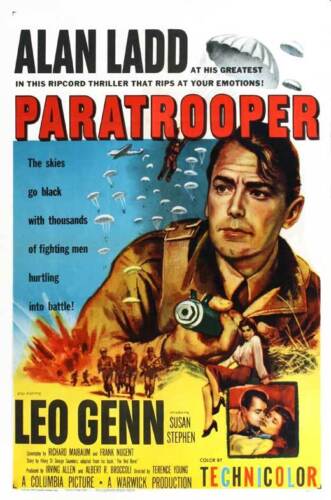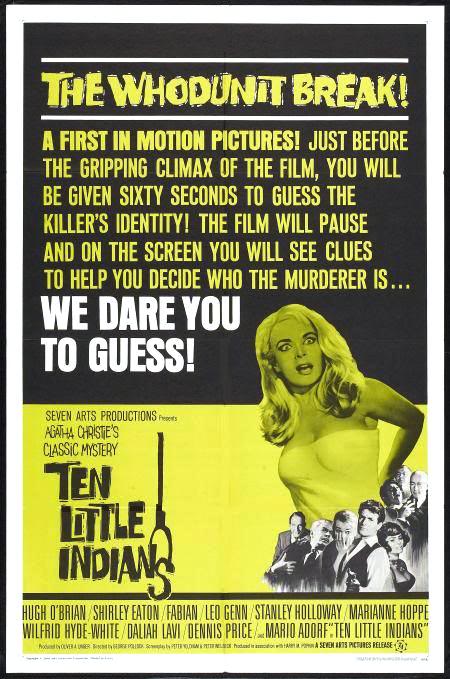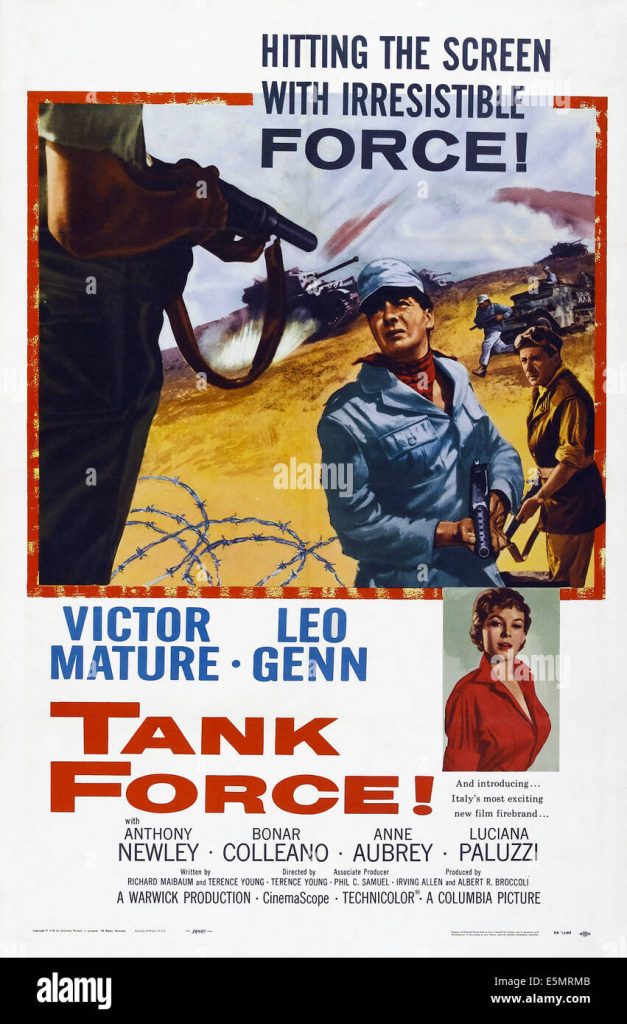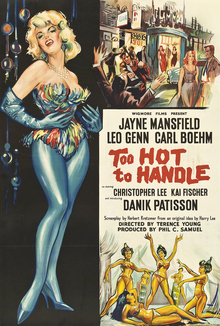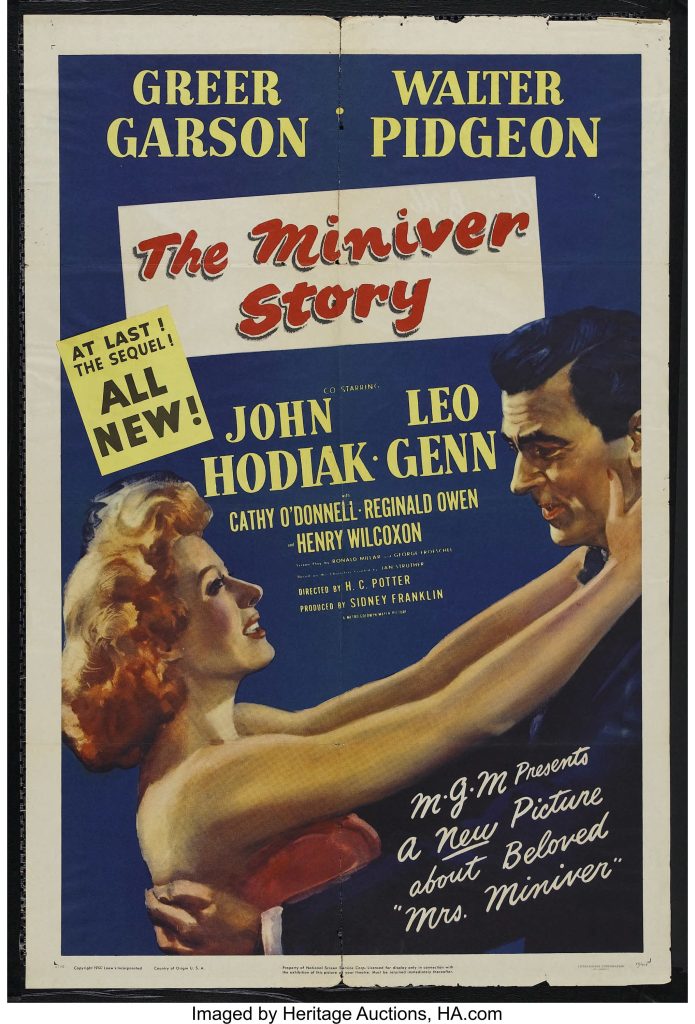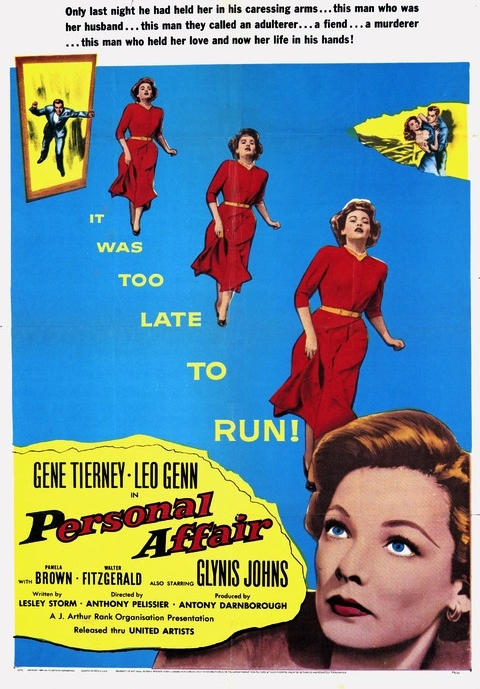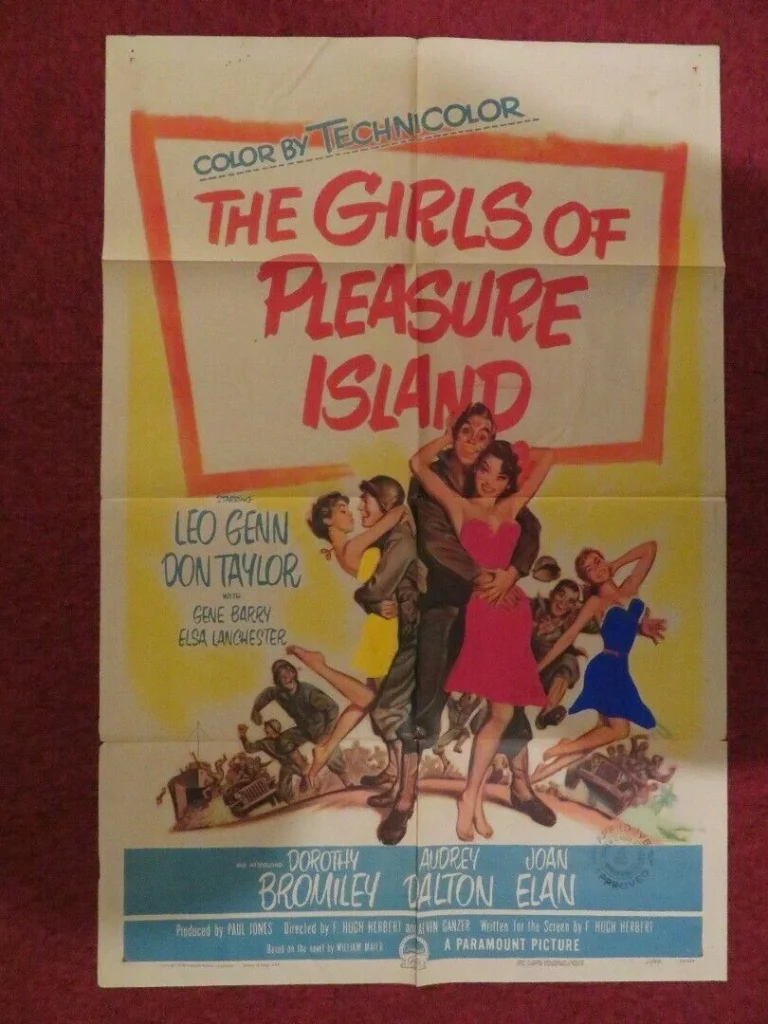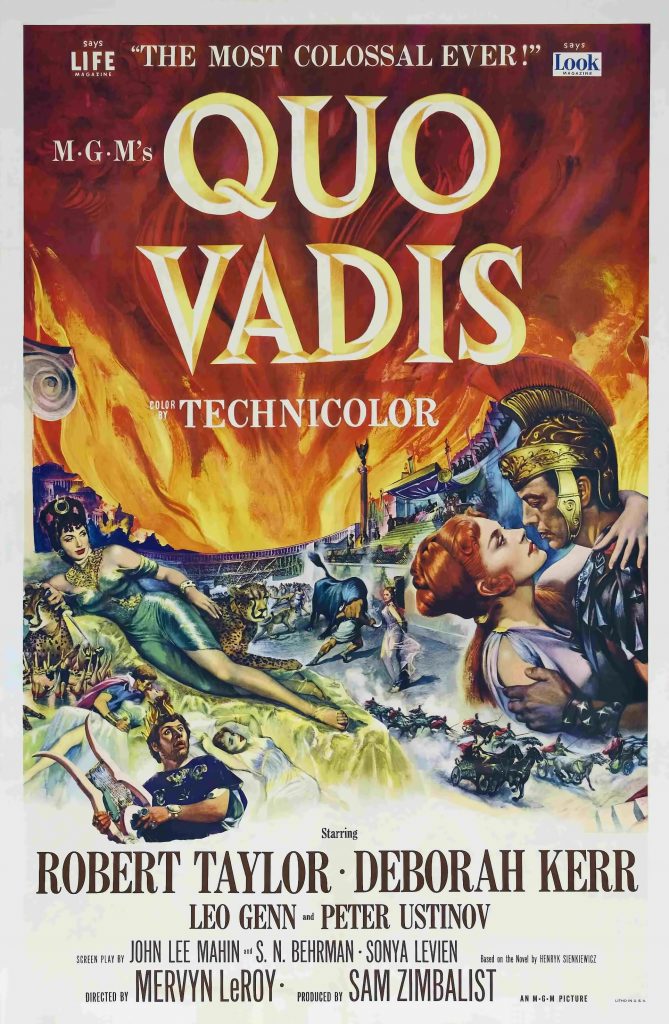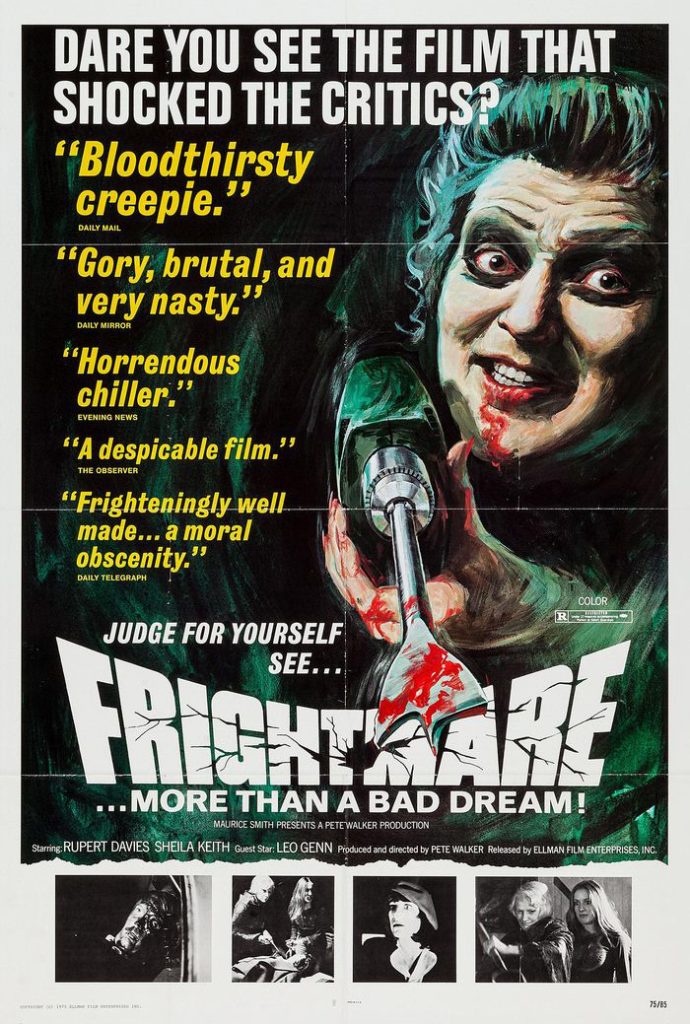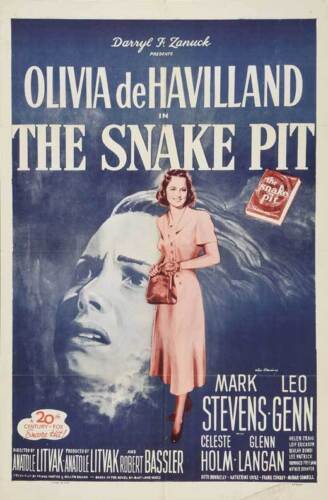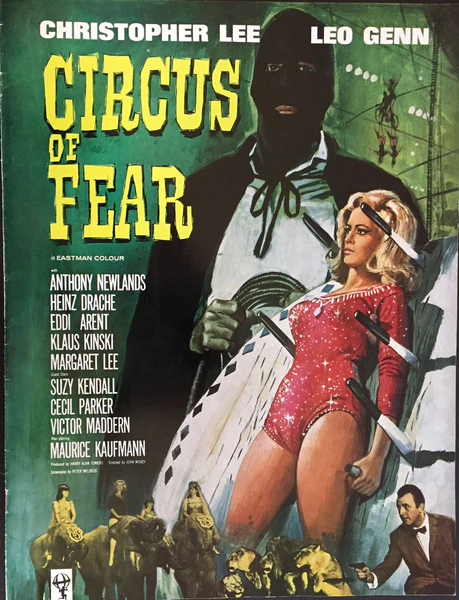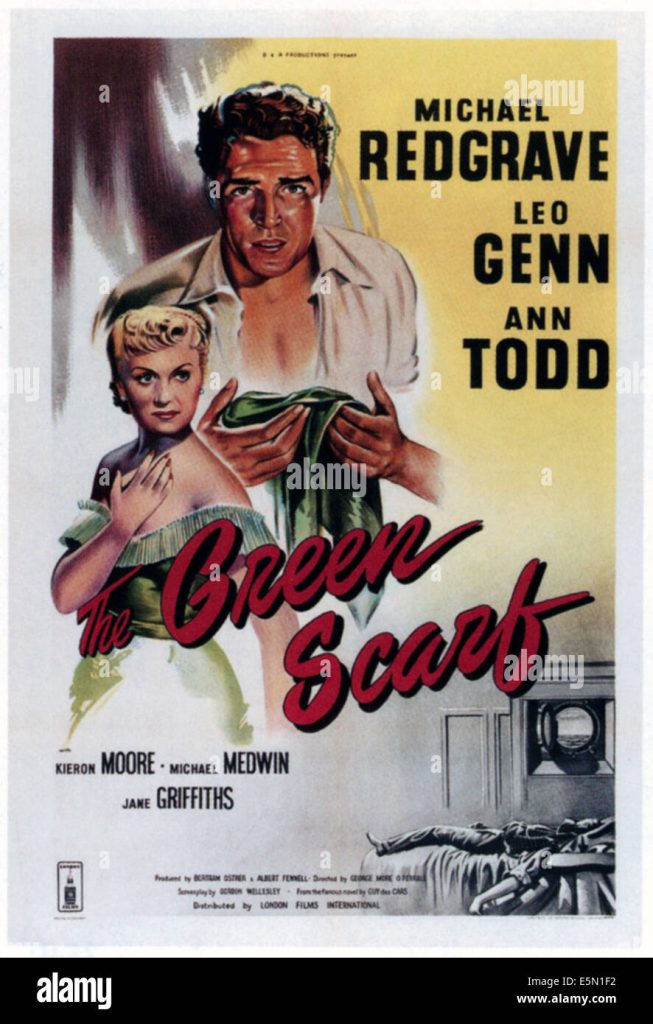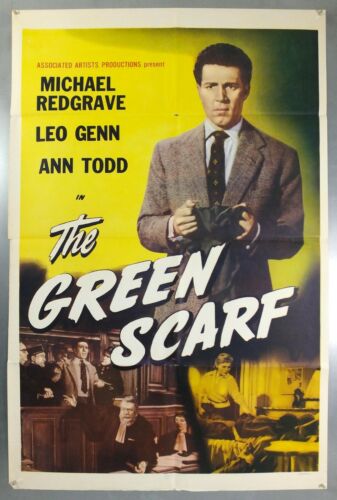

“





















When Stewart Granger was the hottest male property around the British studios he was seldom taken seriously. He was just too good-looking, involved in too many junky films – and by his own admission – too arrogant. His relationship with the press was poor, so he was irritatingly labelled ‘glamour boy’. The name hardly stuck, but he never managed to get away from the dimpled teeth-flashing he-male roles he started with and only in glimpses has he been able to show that there is something more in him”. – David Shipman in “The Great Movie Stars- The International Years”. (1972)
Tom Vallance’s “Independent” obituary from 1993:
James Lablache Stewart (Stewart Granger), actor: born London 6 March 1913; married 1938 Elspeth March (one son, one daughter; marriage dissolved 1948), 1950 Jean Simmons (one daughter; marriage dissolved 1960), 1964 Viviane Lecerf (one daughter; marriage dissolved 1969); died Santa Monica, California 16 August 1993.
TALL, DARK, debonair and rakishly handsome, Stewart Granger was one of the greatest British stars of the Forties, and went on to become one of the handful to achieve true international stardom in Hollywood. He was one of that quartet of stars – along with Margaret Lockwood, James Mason and Phyllis Calvert – who became associated with the enormous successes made by the Gainsborough Studios under the auspices of Maurice Ostrer, starting with The Man in Grey (1943), and including Fanny by Gaslight, Love Story, Madonna of the Seven Moons (all 1944), and Caravan (1946).
Granger’s dashing good looks, energy, humour and the arrogance that laced his romantic ardour made him the British cinema’s foremost sex symbol, with a huge teenage following, and in Hollywood he took his place among the greatest swashbucklers with at least one of his movies, Scaramouche (1952), a masterpiece comparable to the best of Errol Flynn. Though Mason was the finer actor, Granger achieved greater popularity in the Hollywood cinema, and it is ironic that Mason’s finest role there, as Norman Maine in A Star is Born (1954), went to him only after Granger turned it down. It is to be regretted that Granger’s enormous ego (to which he freely confessed) did not allow him to accept the role or the character roles later in his career that might have sustained and enhanced his reputation.
He was born James Stewart in London in 1913 and had planned to be a doctor. But he lacked the dedication (as he later admitted) to continue medical studies. A friend suggested that since he had a car and a good set of clothes he could find work as a film extra for a guinea a day. Work at the studios during 1933 – the Babe Daniels musical A Southern Mai, Allan Dwan’s I Spy, in which he acted as stand-in for Ben Lyon, and Give Her a Ring are his only known credits from this period – aroused an interest in acting and Granger won a scholarship to the Webber-Douglas School of Dramatic Art. He served a long apprenticeship in the theatre, working with the Hull and Birmingham repertory companies at the Malvern Festival (1936-37), where his performance as Magnus in The Apple Cart won the approval of its author, George Bernard Shaw, as well as that of the critics, and making his London debut at Drury Lane in 1938 in a short-lived musical version of Sanders of the River called The Sun Never Sets. He later talked warmly of these early years: ‘I learnt acting in the reps, where the audience teaches you – particularly timing.’
At Birmingham he had met the actress Elspeth March, and in 1938, while he was appearing at the Gate Theatre in Serena Blandish with Vivien Leigh, he and March were married. The same year he was given his first sizable screen role, as the romantic lead in So This Is London. His billing read Stewart Granger, the name he had taken to avoid confusion with the Hollywood actor, though throughout his life he would be known to his friends as ‘Jimmy’. In 1939 he and his wife starred in a season of plays in Aberdeen, including Hay Fever, Arms and the Man and On Approval – Michael Denison and Dulcie Gray were juveniles with the company.
After touring with the Old Vic as Dunois in St Joan, Granger was given a small role in Pen Tennyson’s admirably understated saga of the wartime navy Convoy (1940) before his acting career was interrupted by war service. He joined the Gordon Highlanders, then won a commission with the Black Watch but was invalided out with an ulcer. He resumed his career with two supporting film roles, in Secret Mission (1942) and Thursday’s Child (1943), before being asked to take over the role of Maxim DeWinter in a successful London stage production of Rebecca, and it was while appearing in this that he tested for The Man in Grey. This florid Regency melodrama was an unprecedented success, establishing a ‘house style’ that Gainsborough Pictures would market for several years to come and boosting the careers of all four stars. Granger, the least known, was an overnight sensation, causing the critic CA Lejeune to state in her review, ‘I don’t know of any British actor I would sooner sign as a prospect.’
Granger had indeed been signed to a contract. Before the release of The Man in Grey he had been assigned to The Lamp Still Burns, a restrained tribute to the nursing profession, then he was cast again with Calvert and Mason in Fanny by Gaslight, another great Gainsborough hit. Granger liked Mason, who shared his traits of independence and an outspoken disdain for the films they were making, but he envied Mason his villainous roles, maintaining they were more interesting than the heroic ones he was playing. He had particular disdain for his next two scripts.
Love Story starred Margaret Lockwood as a concert pianist with a fatal disease and Granger as the engineer she falls for – he does not know that she is dying, she does not know that he is going blind. With a background of pounding Cornish waves and a popular musical piece called ‘Cornish Rhapsody’, it was the sort of heady stuff to which audiences of the time flocked, and it was the perfect showcase for the mixture of bravado and vulnerability that was to make the best of Granger’s performances so appealing.
In Madonna of the Seven Moons (1944) Granger was a Romany gypsy who wooed a tempestuous hoyden (Calvert), in reality a society matron with a split personality. It was another gigantic success and the song a dubbed Granger sang, ‘Rosanna’, became a hit. Though Granger described these films as ‘terrible’ he also conceded that ‘they provided the escapism people needed’. (Whether regarded as camp, nostalgia or just plain fun, they are still giving pleasure 50 years on.)
Granger at last played a villain in his next film, Sidney Gilliatt’s Waterloo Road (1944), as a shady black marketeer who has dodged the draft and tries to steal the lonely wife (Joy Shelton) of a serviceman (John Mills). It was a splendidly gritty slice of wartime life and climaxed with a fist-fight between the two men which was uncompromisingly realistic for its day and achieved considerable notoriety. News of Granger’s fan following had by now spread to the United States, and when his next film, Gabriel Pascal’s financially disastrous Caesar and Cleopatra (1945), opened there, one critic described him as ‘the pet of the British bobby-soxers’.
Just before the war’s end, Granger did an Ensa tour through Europe performing Gaslight with Deborah Kerr, with whom he became romantically involved. (Granger later claimed in his autobiography that Kerr had initially seduced him in a London taxi, to which the actress’s response when queried on the story was, ‘What a gallant man he is]’) He then mistakenly turned down The Wicked Lady because the part of the highwayman was too small. James Mason took the role in Gainsborough’s most successful film. Instead, Granger did a sprawling but popular melodrama, Caravan (1946) and a highly fictionalised account of the life of Paganini, The Magic Bow (1946).
The actor’s arrogance and volatile temperament had not endeared him to some of his co-stars – during the filming of The Man in Grey his colleagues wrote a joint letter to his agent insisting that his strong language be curbed – and when Calvert was cast with him for the fourth time in The Magic Bow she rang him to ask if they should do it. He replied, ‘If you’re talking about our personal feelings, no. But if you’re talking about Our Public, yes.’ Yehudi Menuhin played the violin on the soundtrack, but the script was poor. Granger’s champion Lejeune gave it a one-word review (‘Fiddlesticks’) and even the public was disappointed.
Cinema was changing in the postwar atmosphere and though more realism was injected into Granger’s next few films, they failed to match his earlier successes at the box-office; Frank Launder’s Captain Boycott (1947), based on the true story of an Irish farmers’ revolt against unprincipled landlords, Marc Allegret’s Blanche Fury (1948), a tragic tale of treachery and murder, and Basil Deardon’s Saraband for Dead Lovers (1948), the story of Sophie Dorothea’s doomed romance with Konigsmark, were all too grim for popular acceptance, though the last two had beautiful colour photography and splendid performances.
Granger had during this time been falling in love with the talented and beautiful actress Jean Simmons, though he confessed to some concern about their difference in age (she was 16 years younger). In 1949 he and March were divorced, and he conceived the idea for an updating of the Daddy Longlegs story as a vehicle for himself and Simmons. The result, Adam and Evelyne (1949), was a charming and popular romantic comedy, but the couple followed this with an ill-advised stage production of Tolstoy’s The Power of Darkness. Granger later stated that he thought they would be applauded for choosing such a challenging project rather than a safe commercial venture, but the brooding, morbid piece (Simmons played a mentally retarded peasant) was disliked by audiences and regarded by critics as another example of Granger’s arrogance and pretensions.
Long aware that international stardom could only be achieved in Hollywood, Granger was delighted when MGM offered him the lead in King Solomon’s Mines (1950). Made partially in Africa, it was a creditable version of H. Rider Haggard’s adventure classic with Granger a dashingly heroic Allan Quatermain. It got his Hollywood career off to a rousing start, but his hesitancy to sign a long-term contract with the studio lost him the lead in Quo Vadis?, and when he finally committed himself he was rewarded with an uneasily comic version of Kipling’s Soldiers Three and a mild comedy- thriller, The Light Touch.
Next, though, came what is probably Granger’s finest film, George Sidney’s Scaramouche (1952), an exquisitely fashioned adaptation of the Rafael Sabatini classic with Granger as a roistering devil-may-care playboy-poet who, setting out to avenge his friend’s death by sword, becomes a fencing champion and joins a pantomime troupe to conceal his identity. Ardently wooing the demure Janet Leigh, exchanging verbal barbs with his waspish mistress Eleanor Parker, performing slapstick with the troupe or fencing as to the manner born, Granger is superb in a swashbuckling performance to rank with the best.
Sumptuously produced and directed with visual panache, the film builds excitingly to its memorable climax, a seven-minute swordfight in a theatre taking the protagonists over the boxes, through corridors, down the immense foyer staircase and finally on to the stage where props and curtains are slashed in this great action sequence. Scaramouche was a subject dear to Granger’s heart – he had read the book as a child and seen the 1923 silent version – and another classic of the past, The Prisoner of Zenda (1952), provided him with another fine heroic role. A scene-by- scene remake of the 1937 version (the film’s director, Richard Thorpe, had a Moviola on the set running the original), it tends to be underrated due to the classic quality of the earlier version, but Granger, Deborah Kerr and James Mason are excellent substitutes for the original cast and the final sabre duel is very exciting.
Granger and Simmons were married in 1950, and she joined him later in Hollywood when her remaining contract with Rank was bought by Howard Hughes. In 1953, while Granger was making Salome with Rita Hayworth, he and Simmons sued Hughes, who was claiming that he had the actress under personal contract for seven years. Much of Hollywood was sceptical at their taking on such a Goliath, but they won and Simmons was able to star at MGM in Young Bess (1953) with Granger, Charles Laughton and Deborah Kerr supporting the radiant star. Granger would later cite this as his best Hollywood film.
The couple owned a house overlooking the San Fernando Valley and regular visitors to their Sunday brunches included Elizabeth Taylor and Michael Wilding (who had been an extra with Granger), Richard and Sybil Burton, and Spencer Tracy, after whom they named their daughter. Granger had two children by his first marriage, Jamie and Lindsay, who lived with the couple in Hollywood for several years while growing up.
It was Tracy who suggested to the director George Cukor that Granger would be perfect as Norman Maine in A Star is Born after the first choice, Cary Grant, had turned it down. Granger auditioned with Judy Garland at Cukor’s home but the director’s insistence on advising on every vocal inflexion annoyed the actor and he walked out. He later expressed regret at turning down the role which proved the highlight of his old friend James Mason’s Hollywood career. It is highly probable that Granger would have been superb as the alcoholic former swashbuckler who sees his wife’s star rising as his fades, and it would doubtless have helped a career which was starting to fade.
Granger played the title-role in Beau Brummel (1954), which had only gorgeous decor to recommend it. The film caused a scandal in England when chosen for the Royal Film Performance since it shows the descent into madness of King George III. Fritz Lang’s Moonfleet (1955) was a disappointing smuggling adventure but Footsteps in the Fog (1955), made in England with Simmons, was an effective Victorian thriller. Granger finally worked with Cukor on Bhowani Junction (1956), an interesting attempt to film John Masters’s novel set against 1947 anti-imperialist India. Granger began a lifelong friendship with his co-star Ava Gardner, but Cukor was disparaging about him. ‘I wanted Trevor Howard; Granger was just a movie star.’
His contract coming to an end, he was given less important films by the studio, and he turned down the role of Messala in Ben Hur rather than be billed below Charlton Heston. Although 43 years old, he refused to see himself in character parts, while being disarmingly modest about his abilities: ‘I know I haven’t a nutshell of talent compared to my wife, Jean Simmons,’ he said in 1958. The couple had been very much in love, but the long separations involved in their careers eventually put a strain on the marriage and they were divorced in 1960, the year Granger made his last truly successful film as a star, Henry Hathaway’s rollicking comedy adventure North to Alaska, co-starring John Wayne.
Granger showed that he could still play a swashbuckling role with flair in Swordsman of Sienna (1961), but most of his films for the next decade were made on the Continent, including three as the German author Karl May’s western hero Old Surehand, and in the Seventies he become active in television movies. He played the villain in the 1978 adventure The Wild Geese, supporting his old friend Richard Burton, and in 1990 returned to the theatre, touring England and then making an acclaimed Broadway debut in Somerset Maugham’s The Circle with Rex Harrison and Glynis Johns


































































